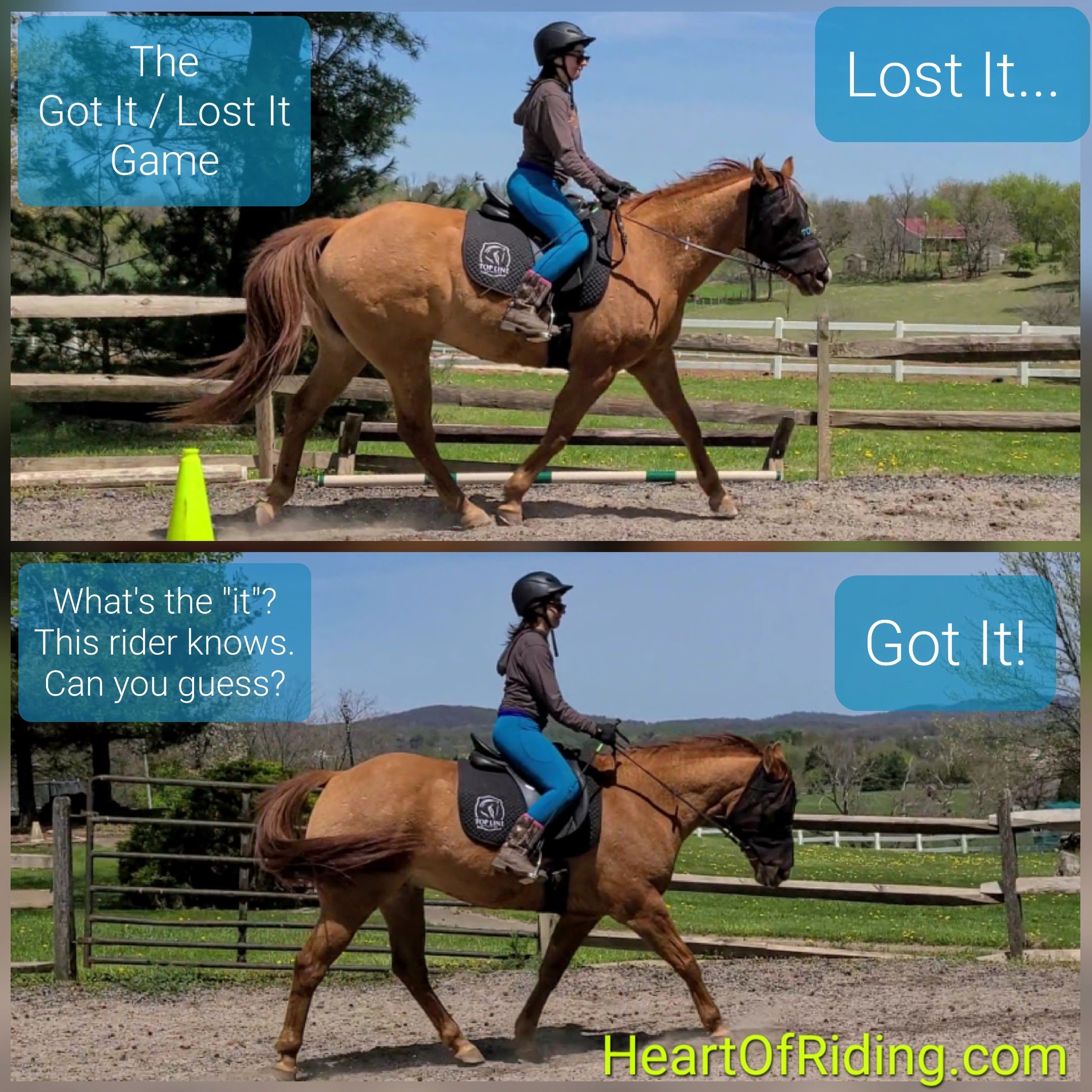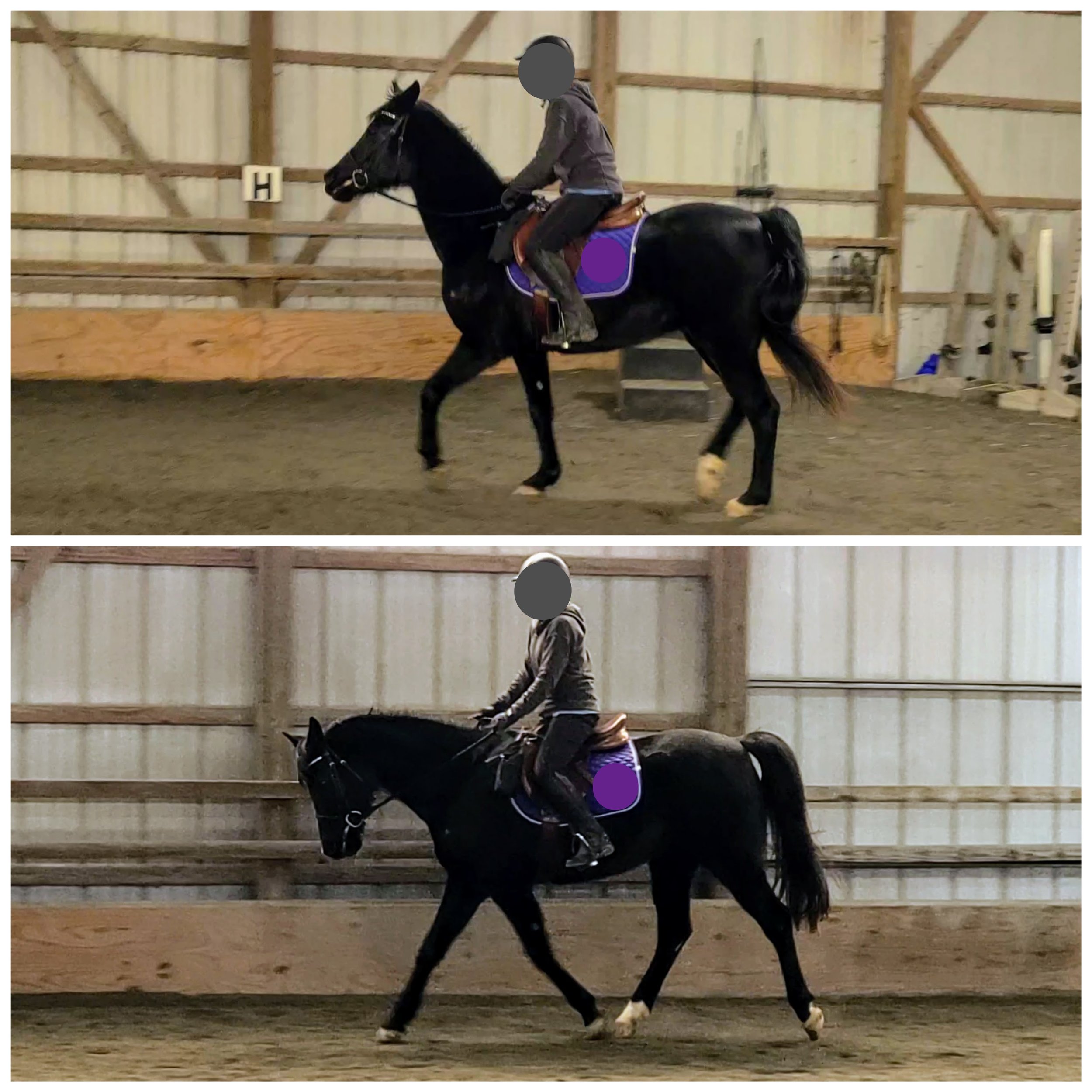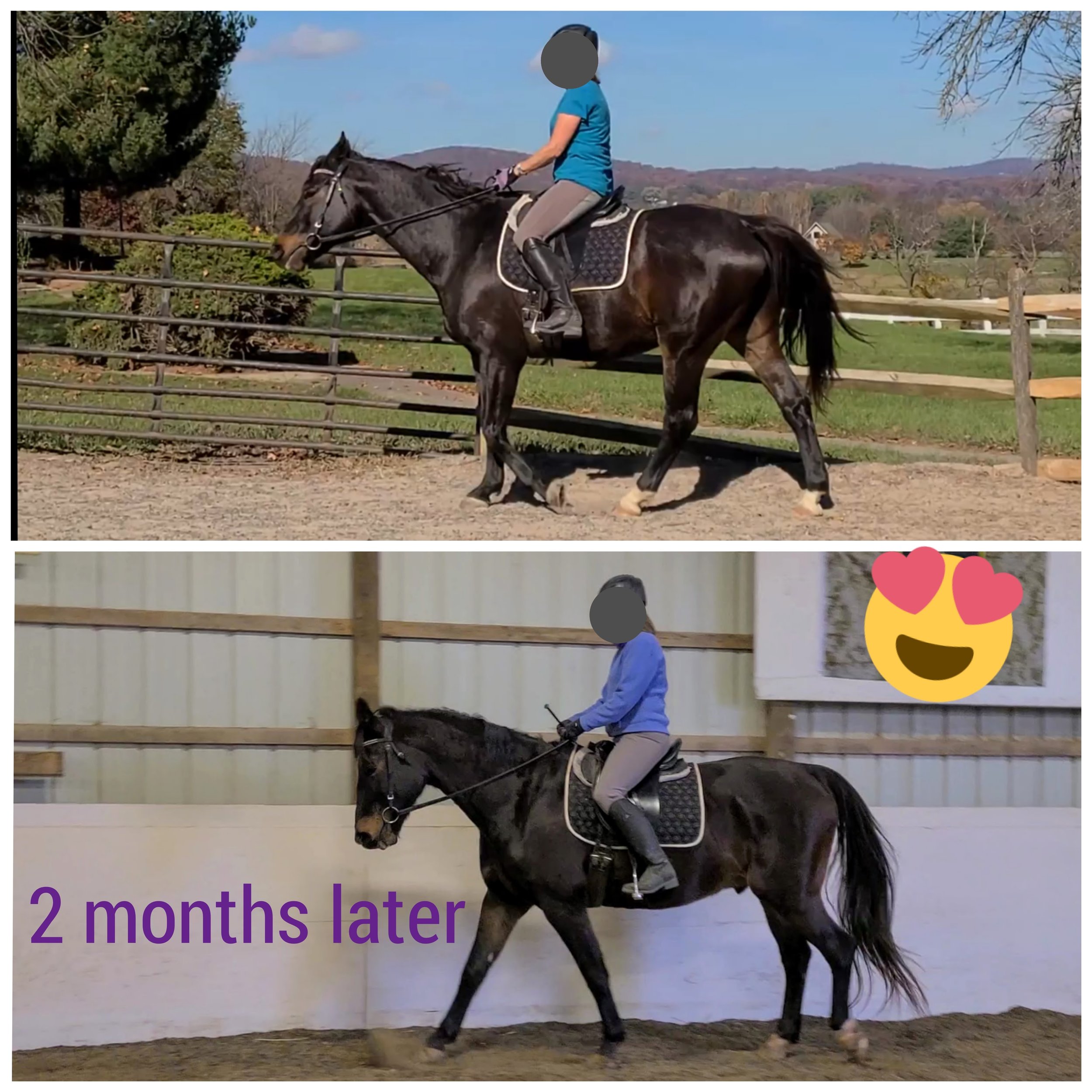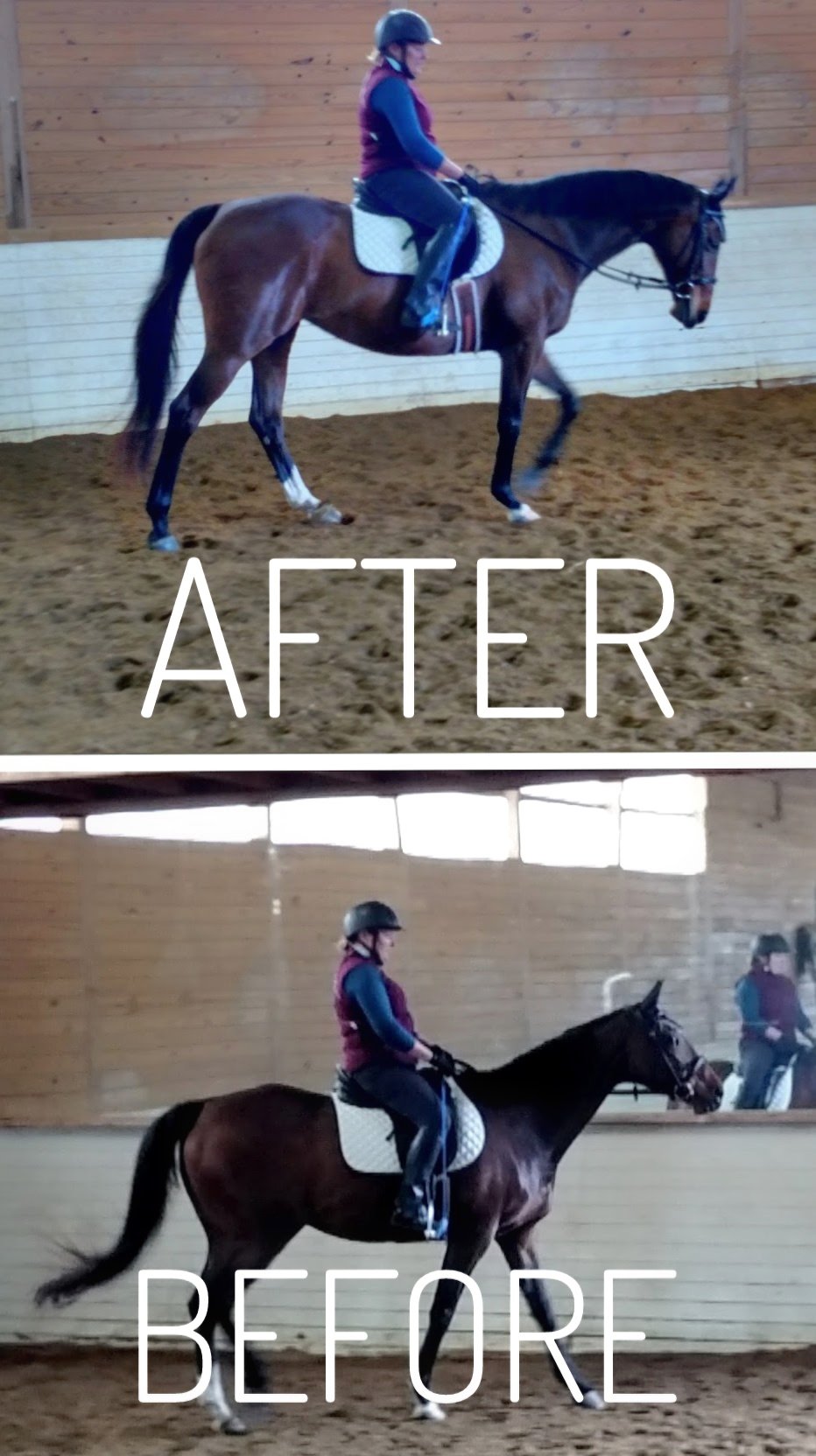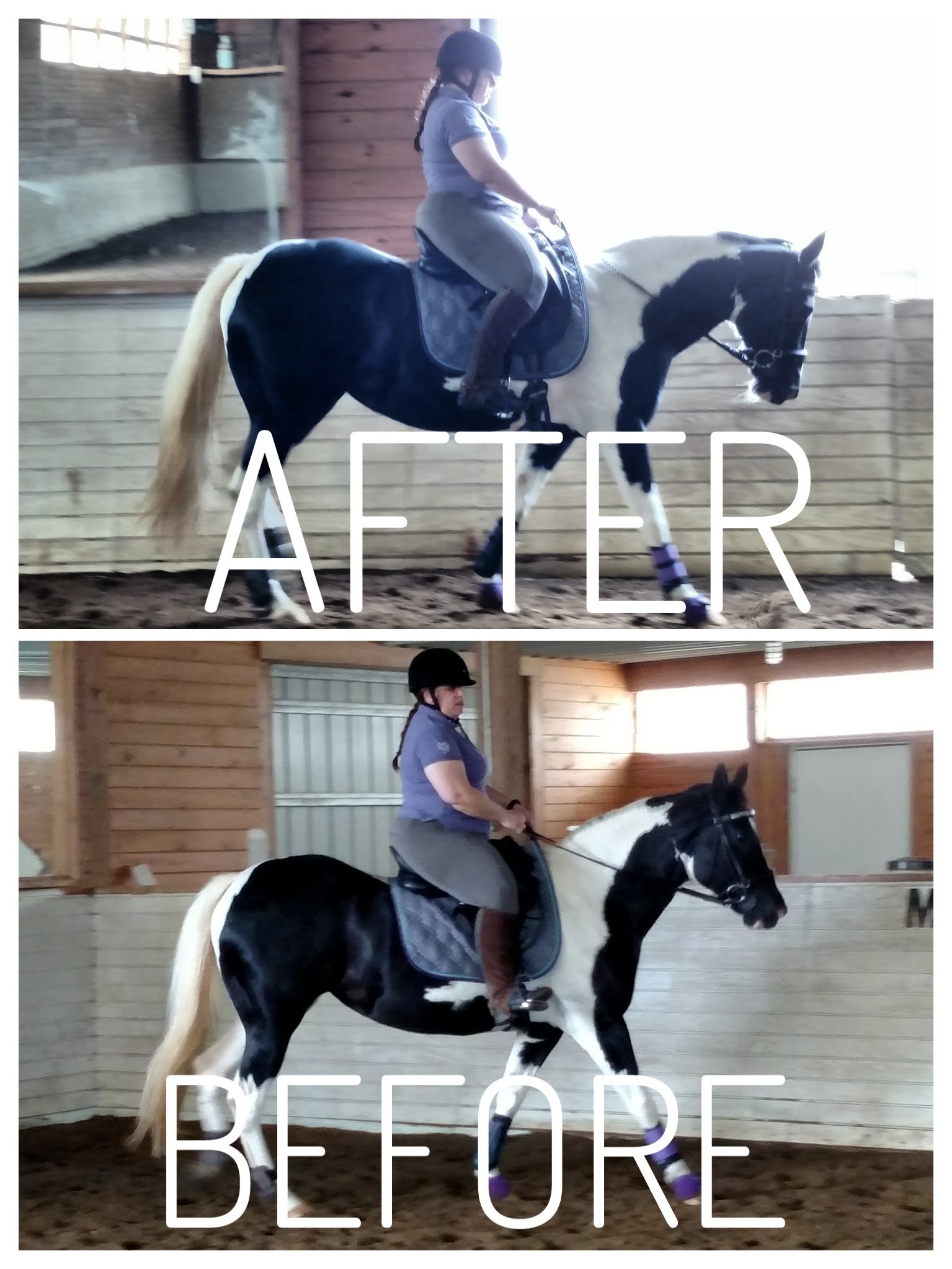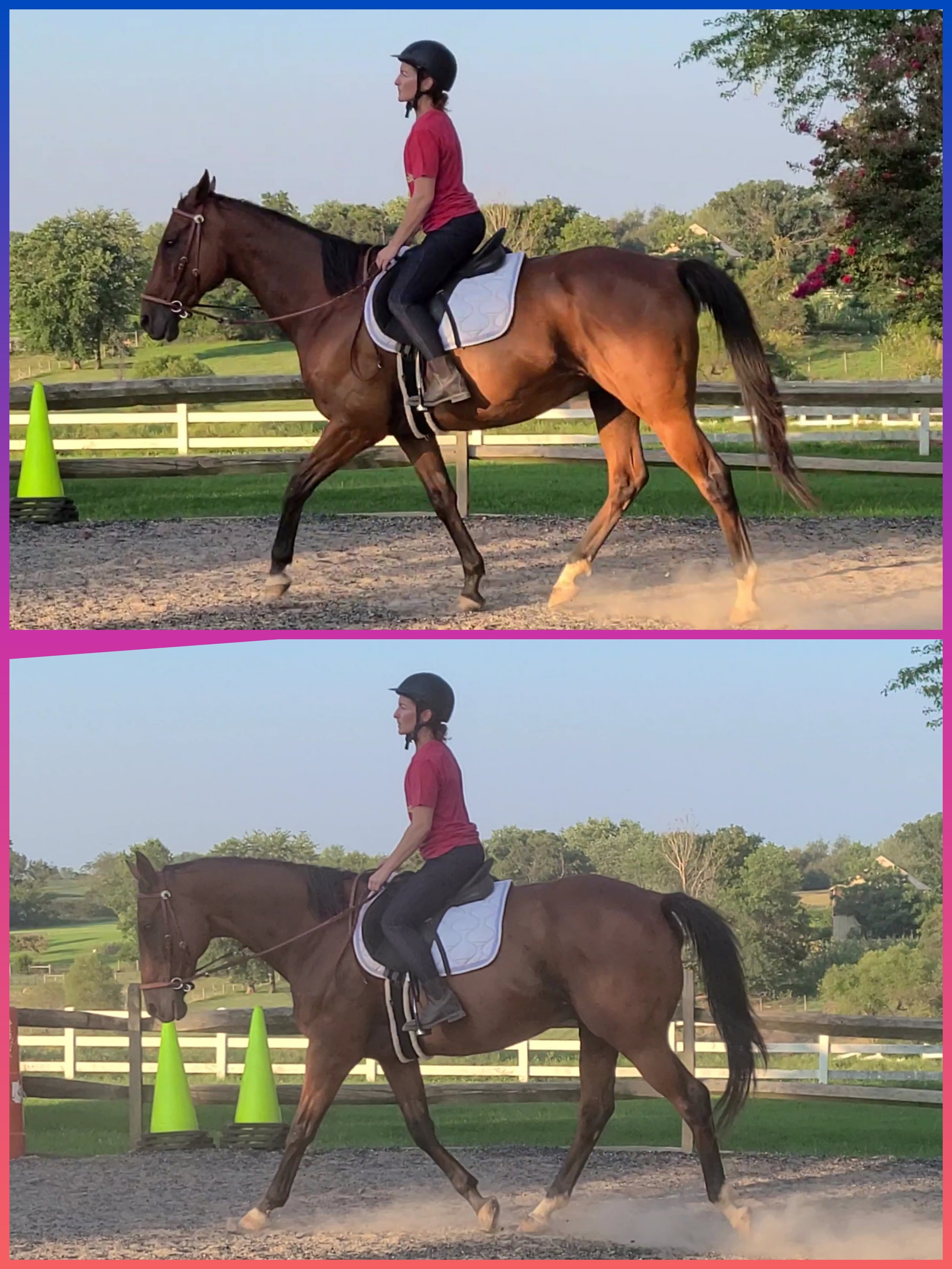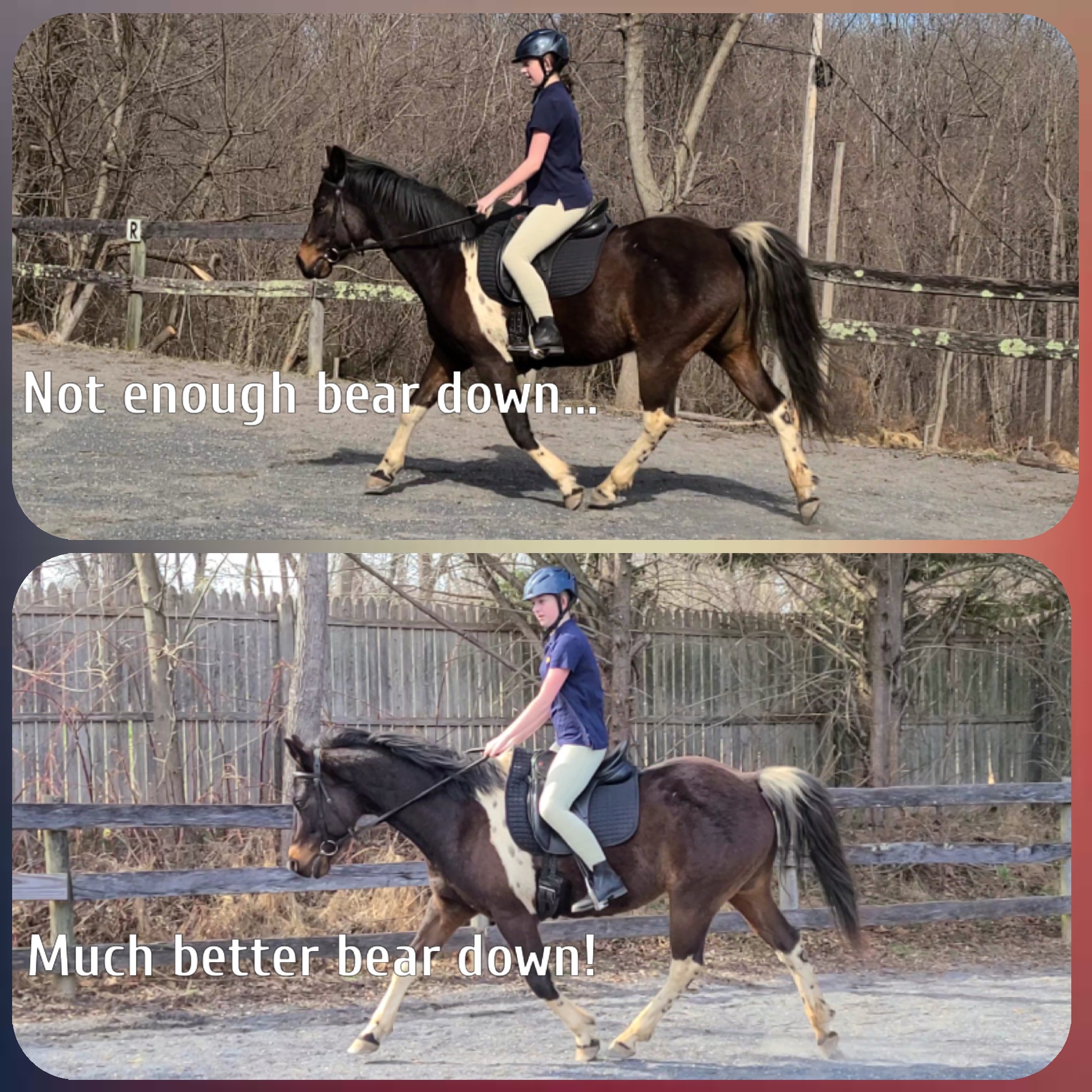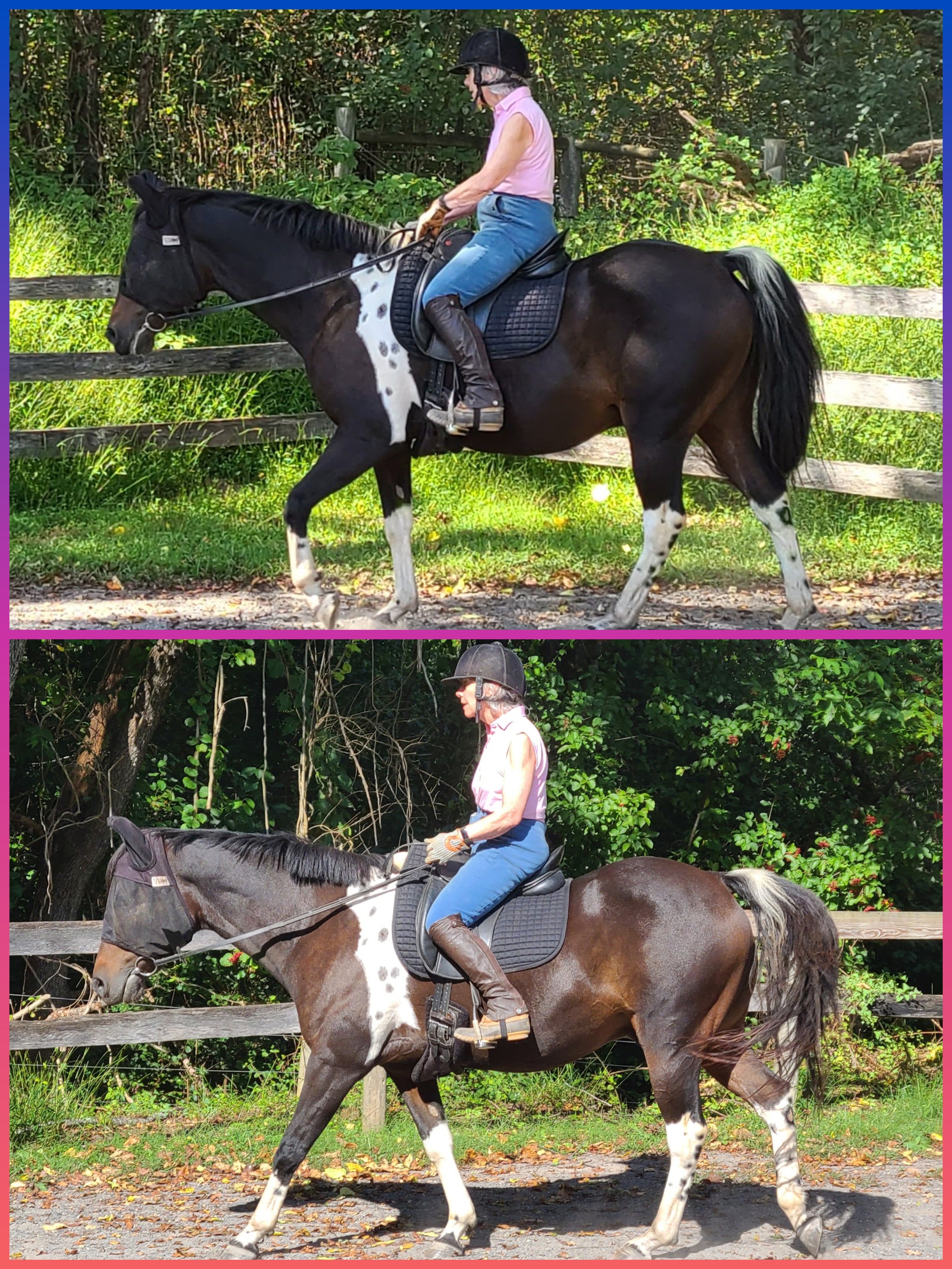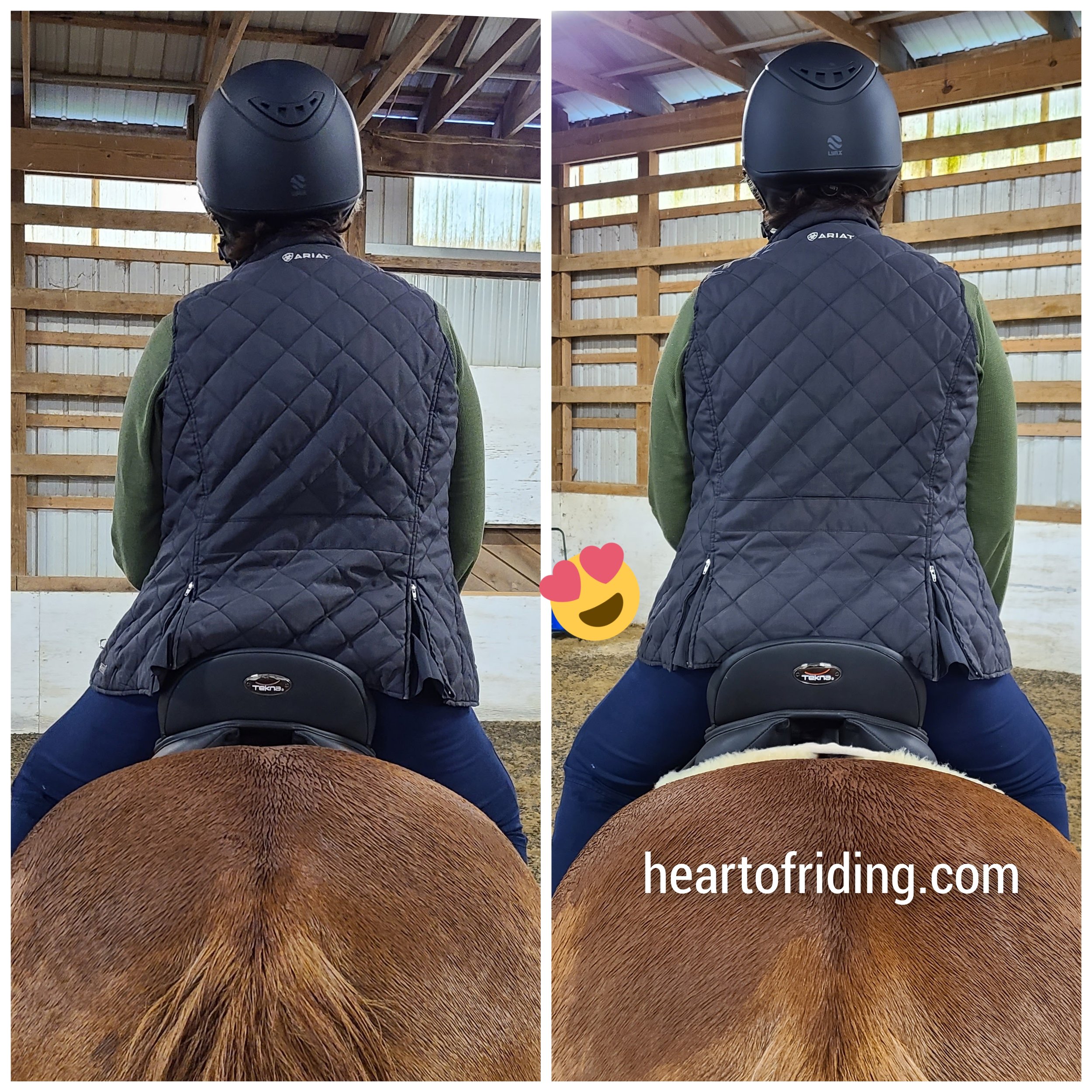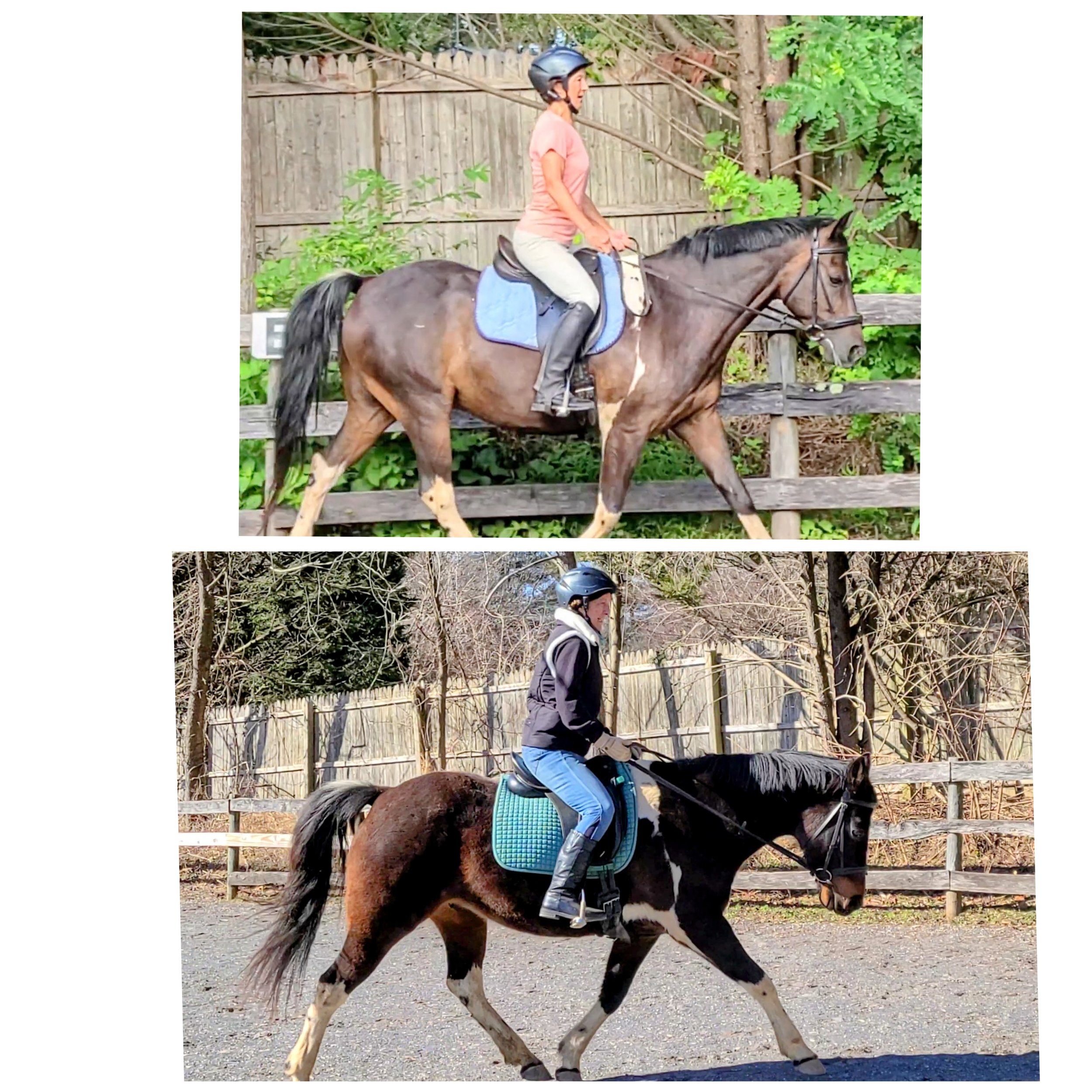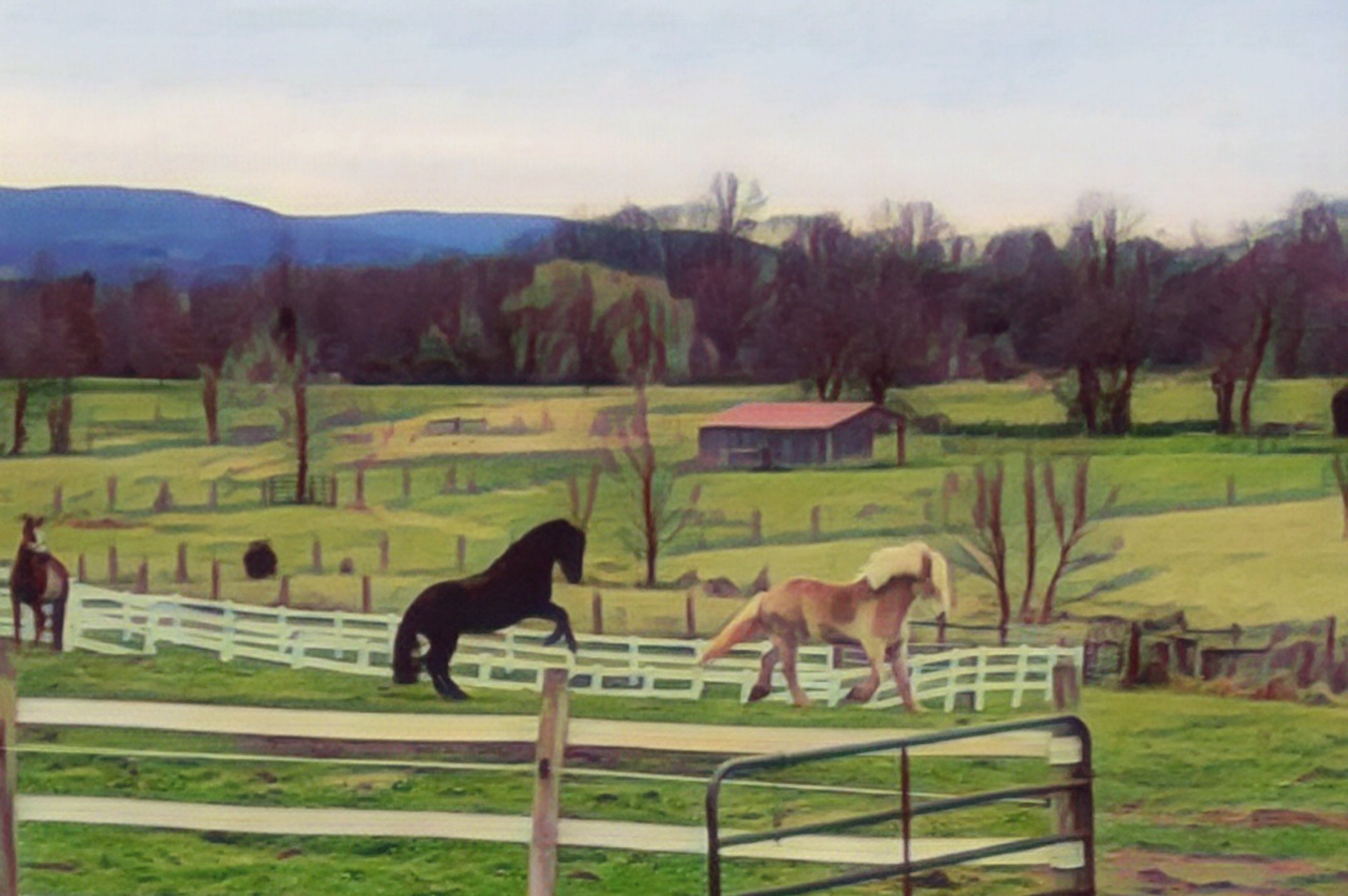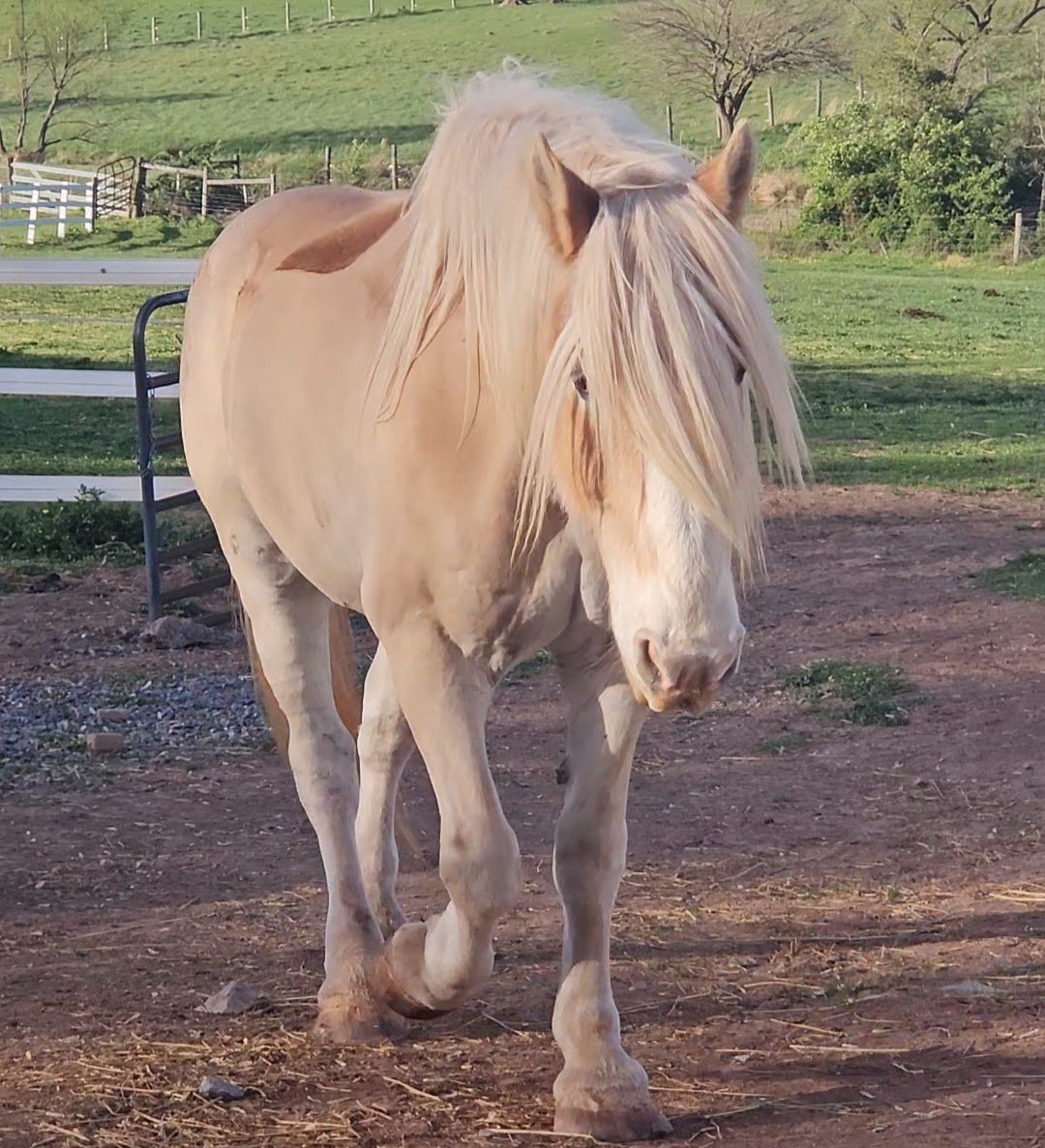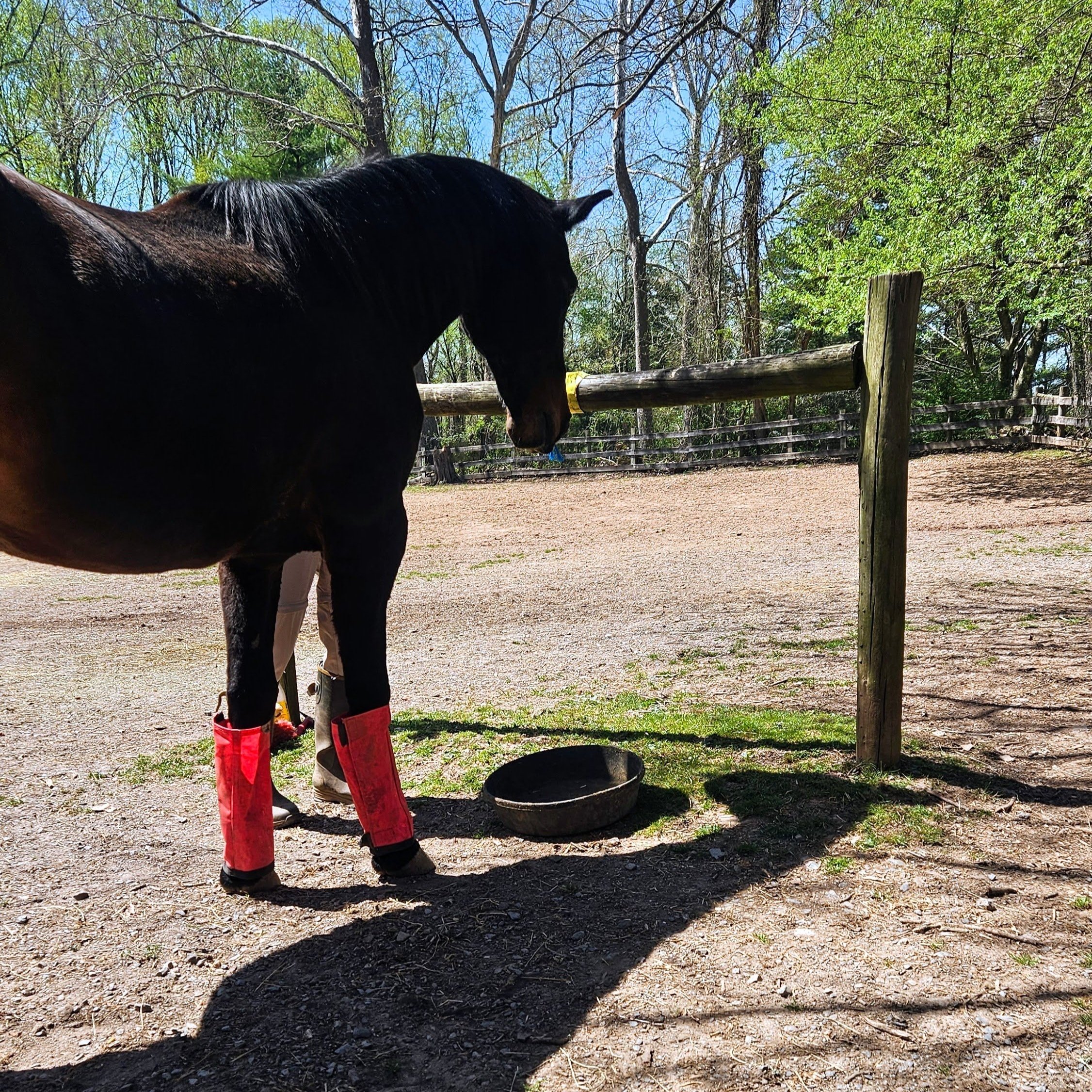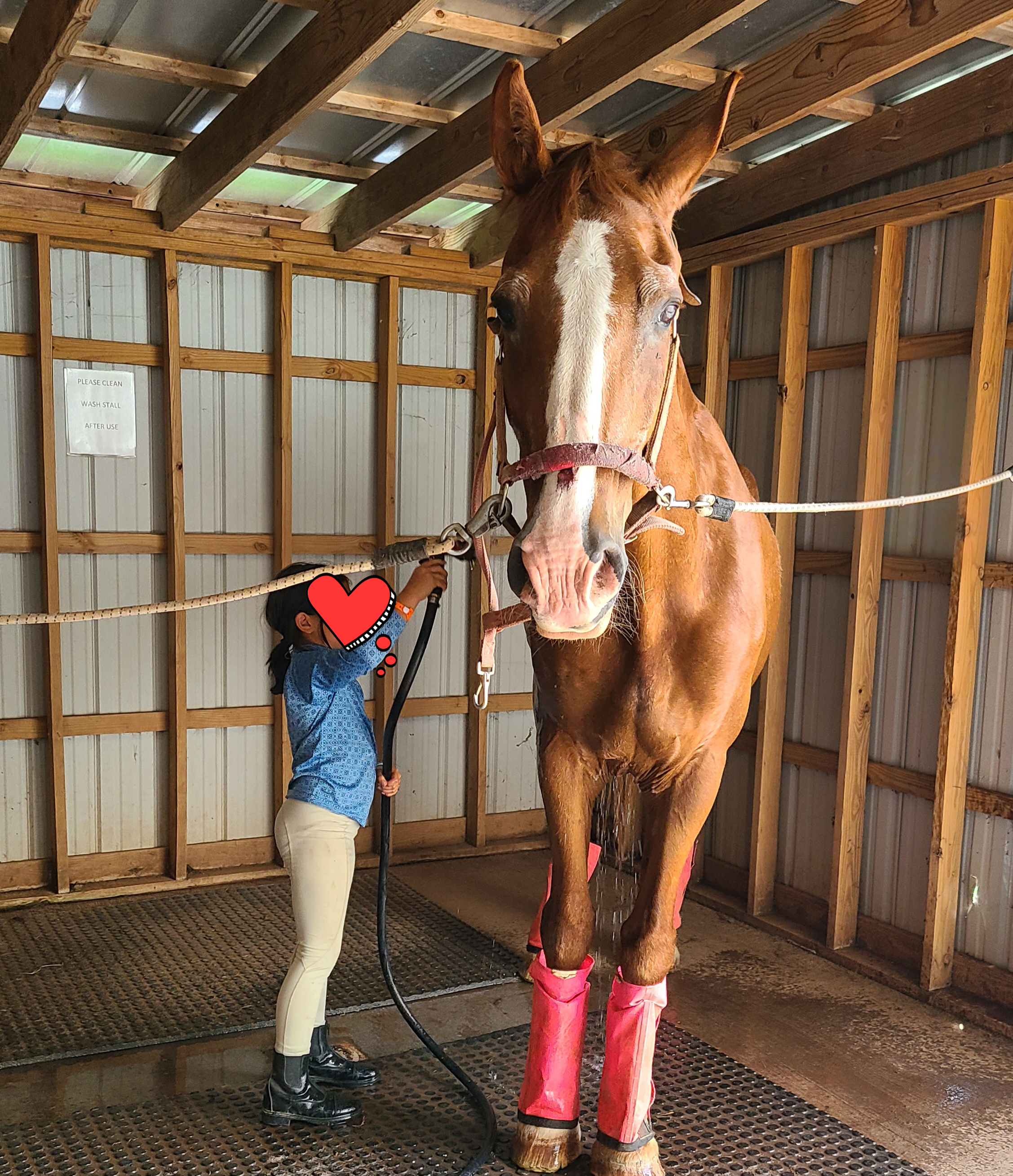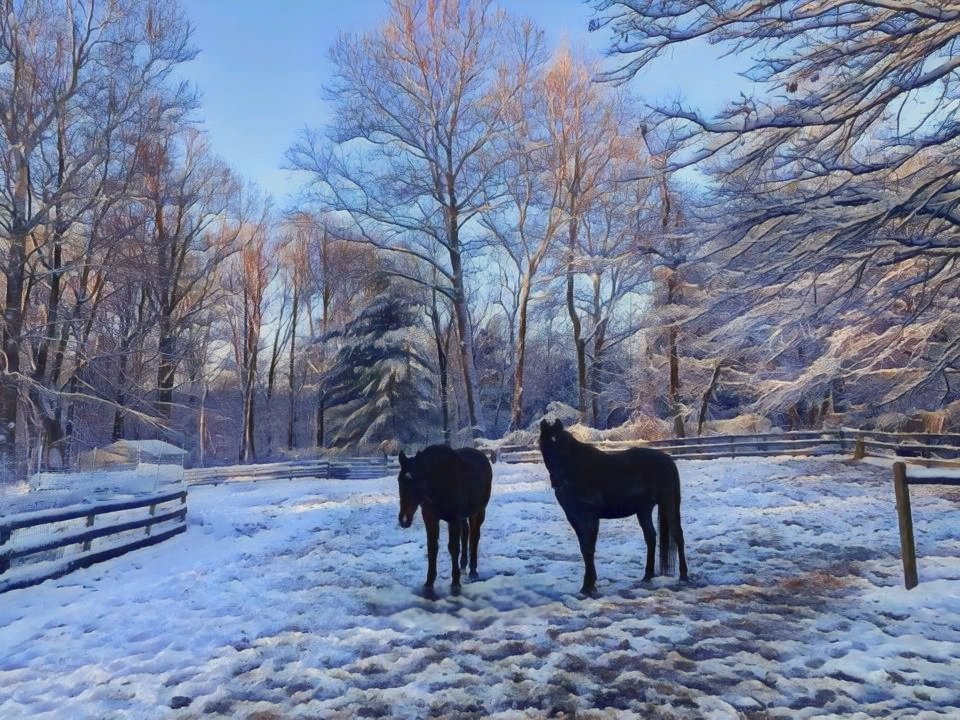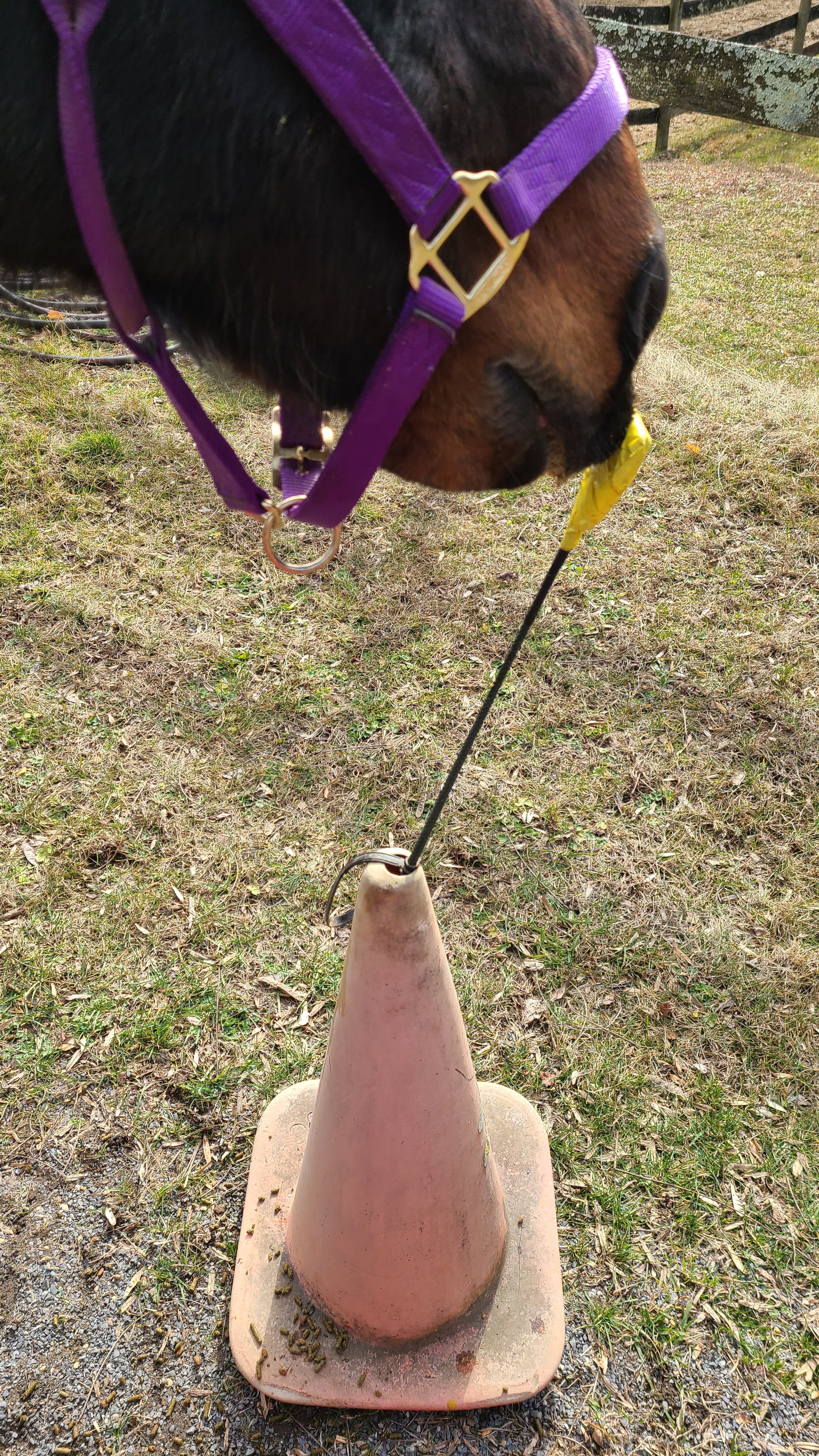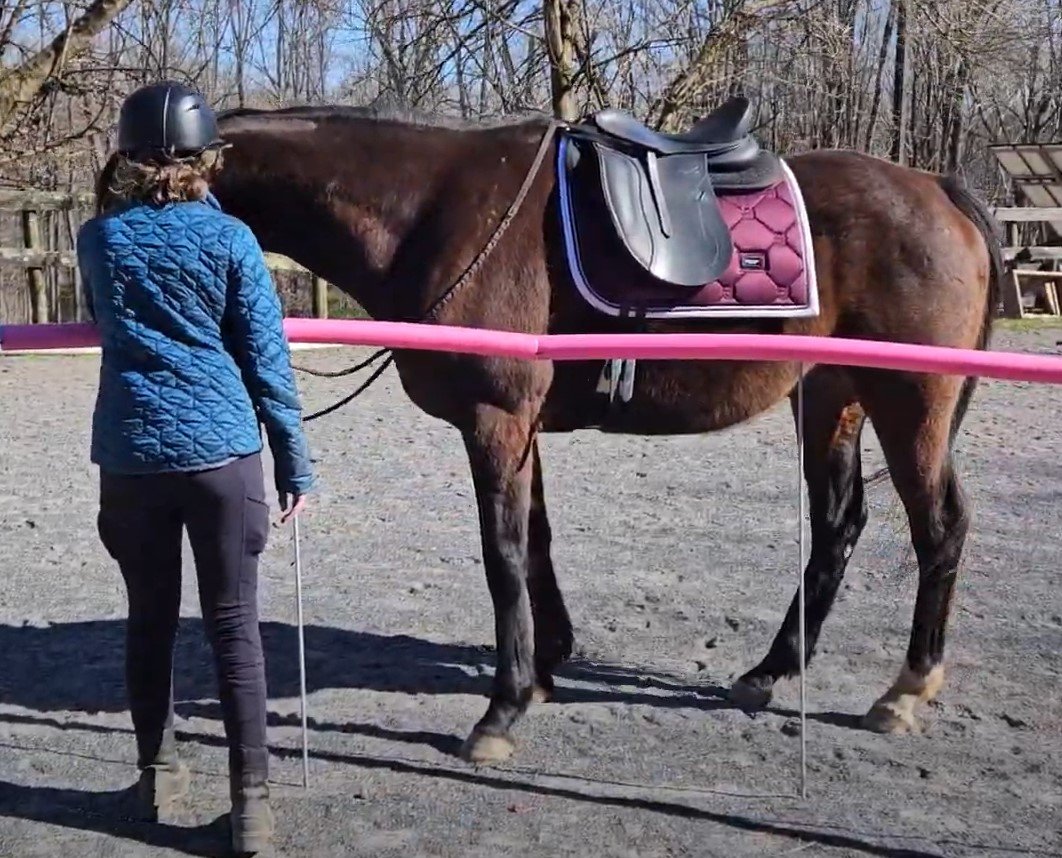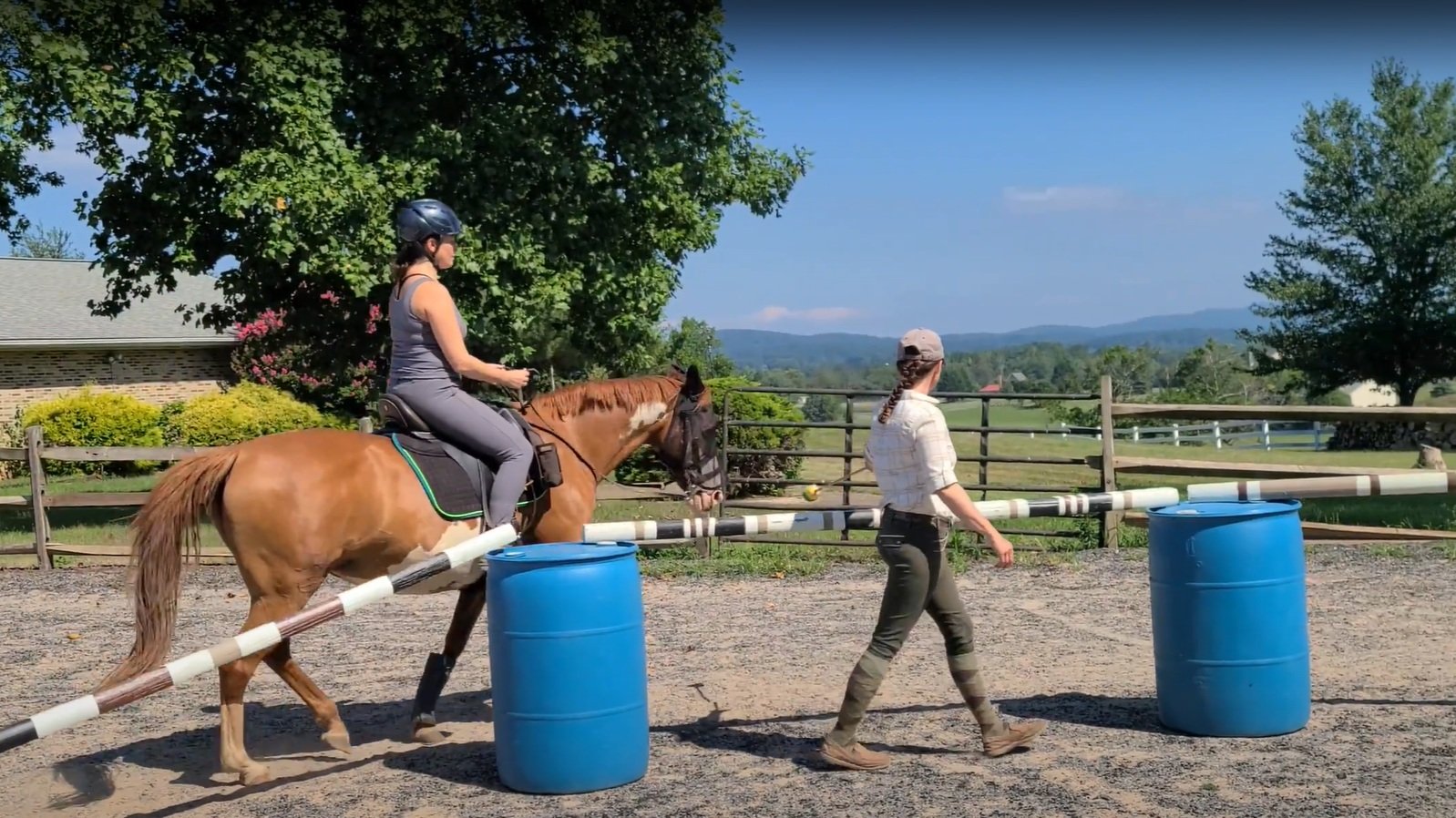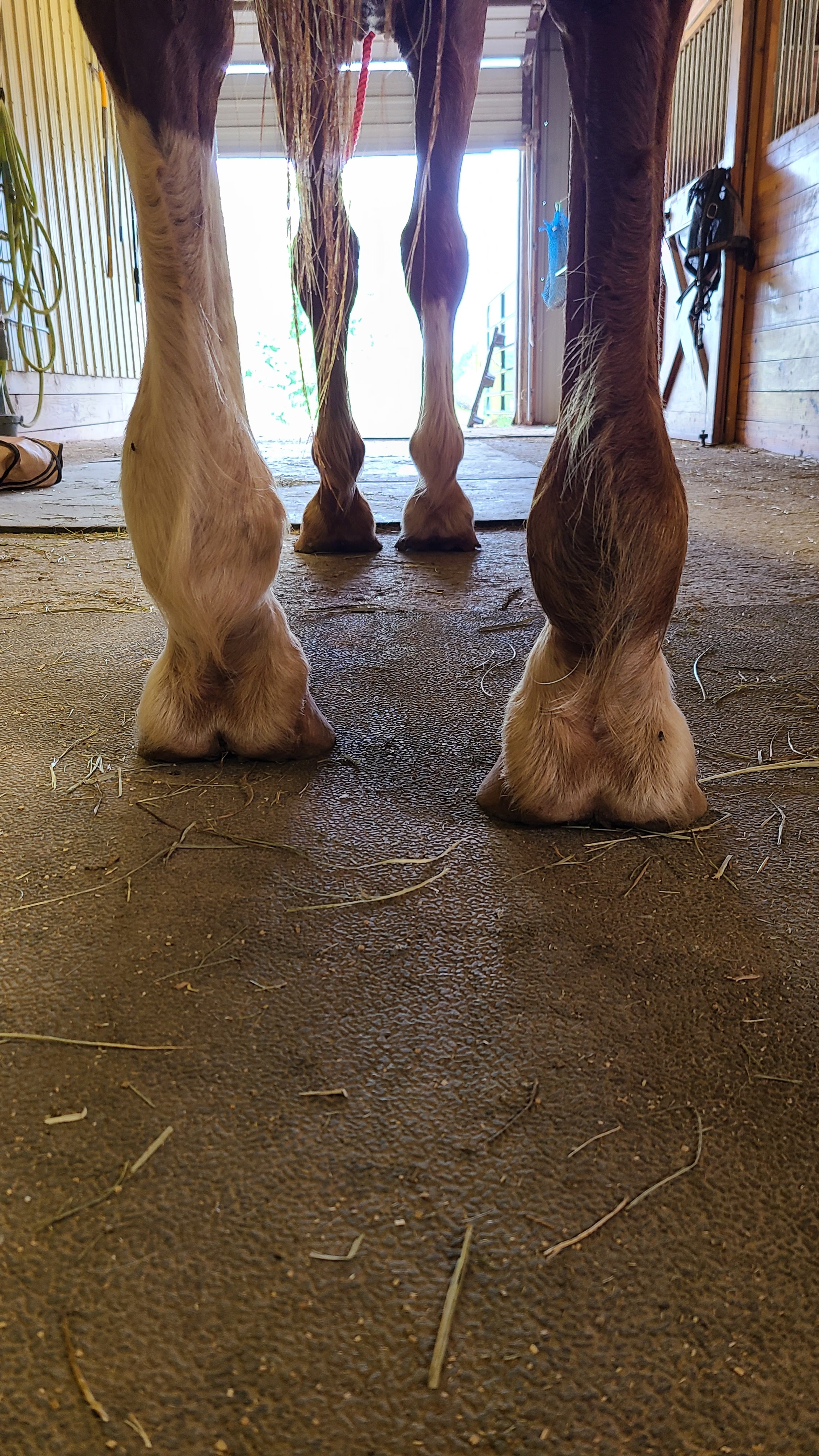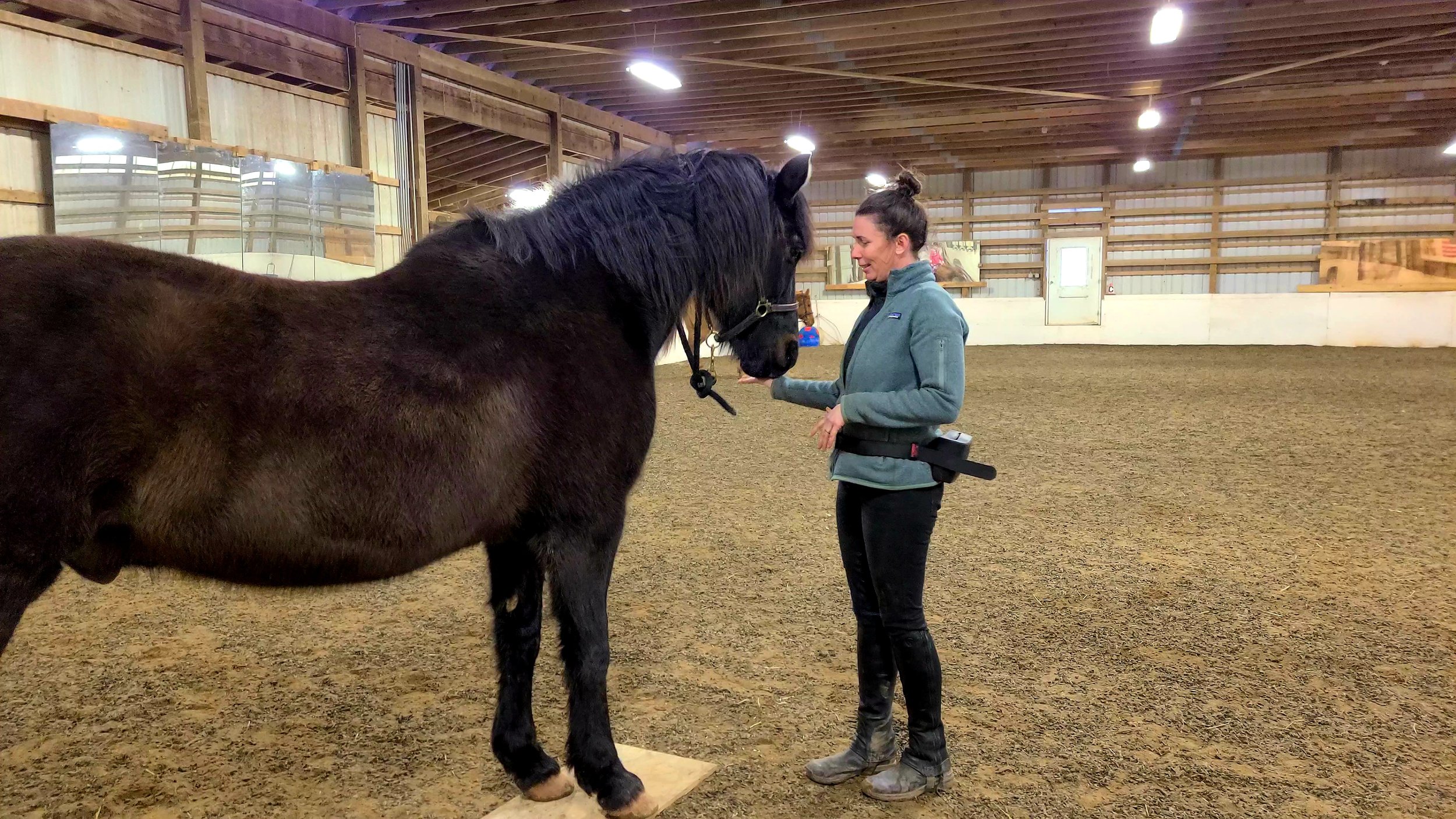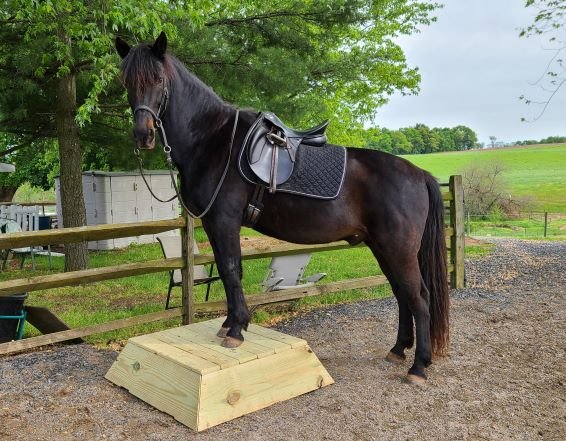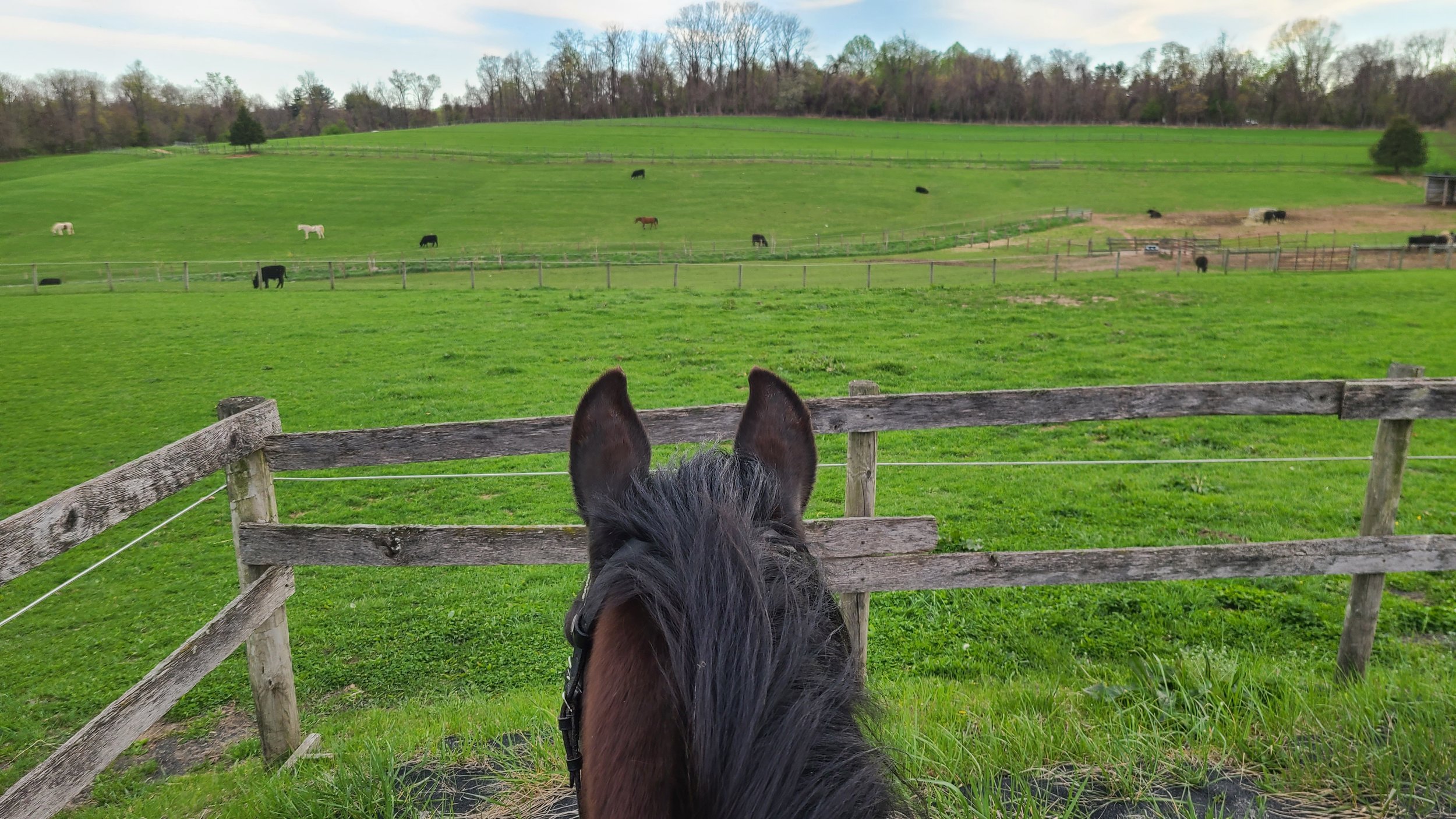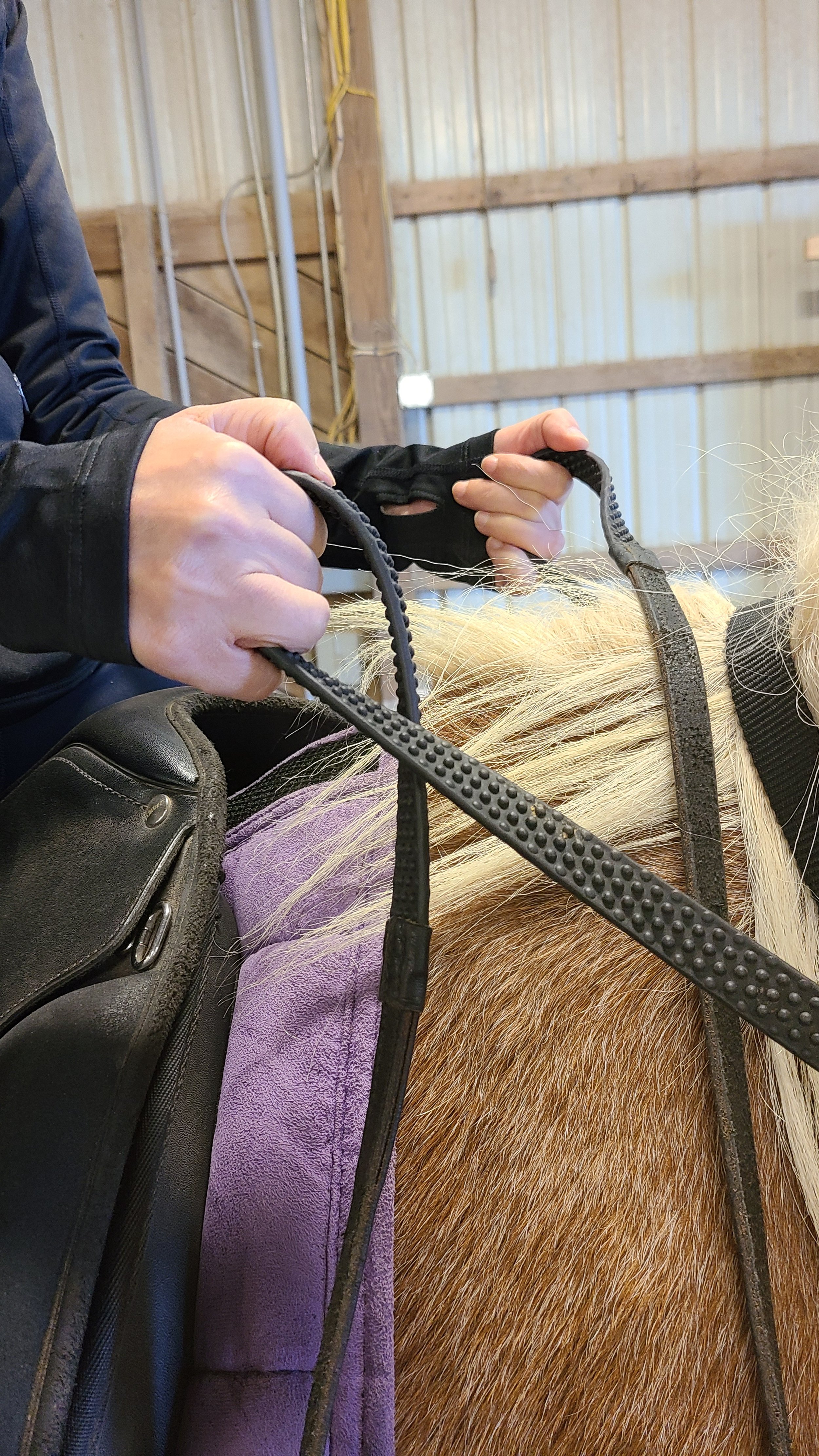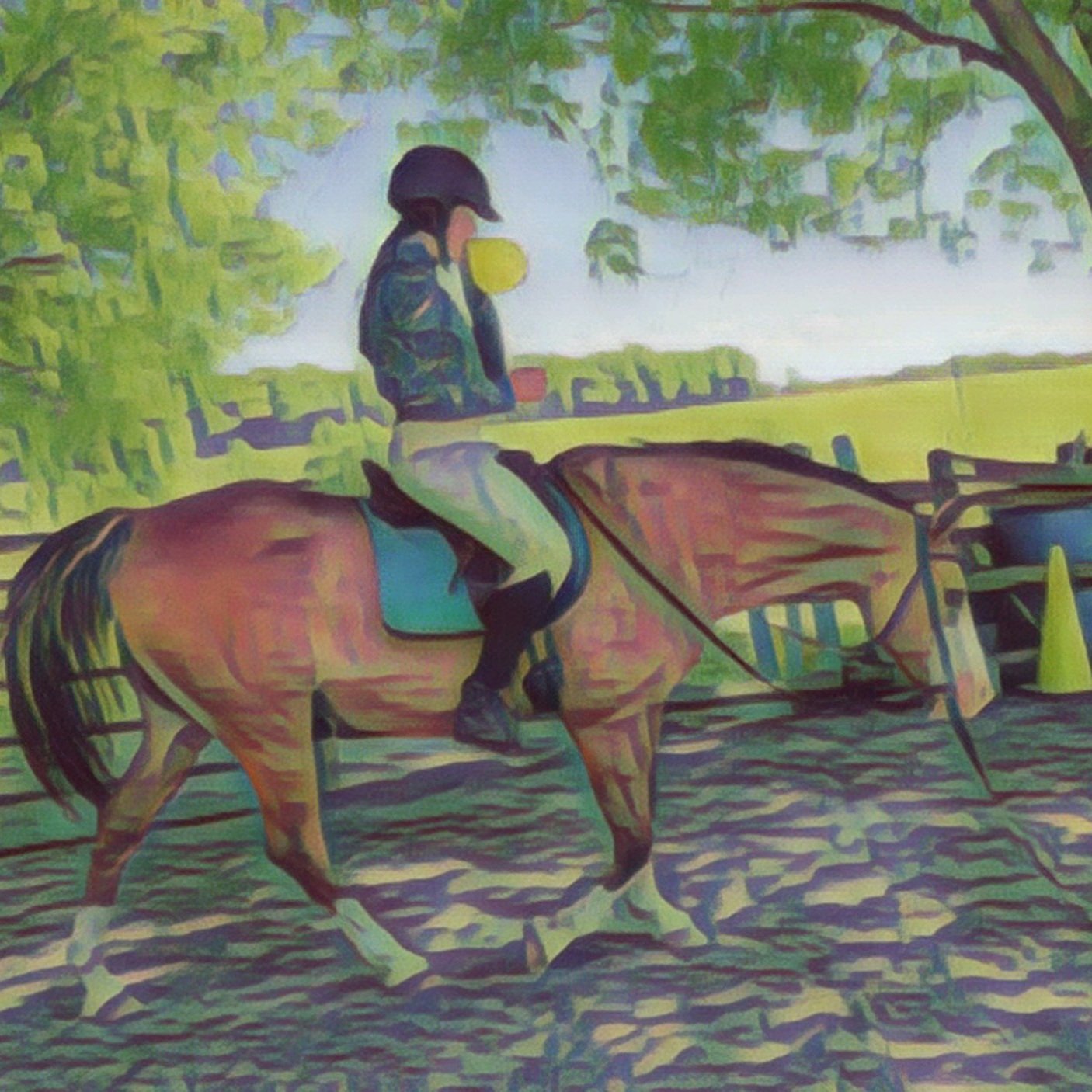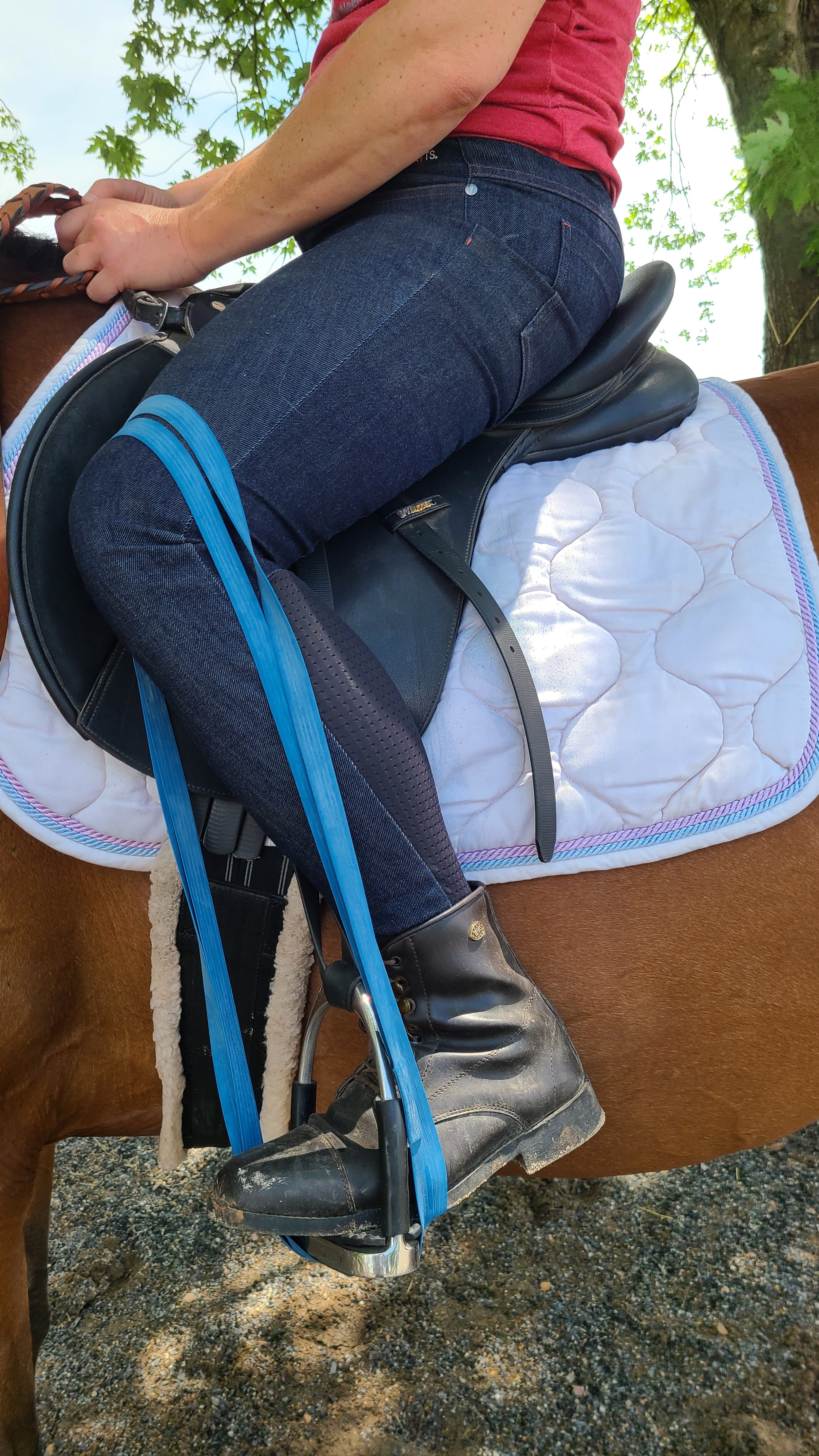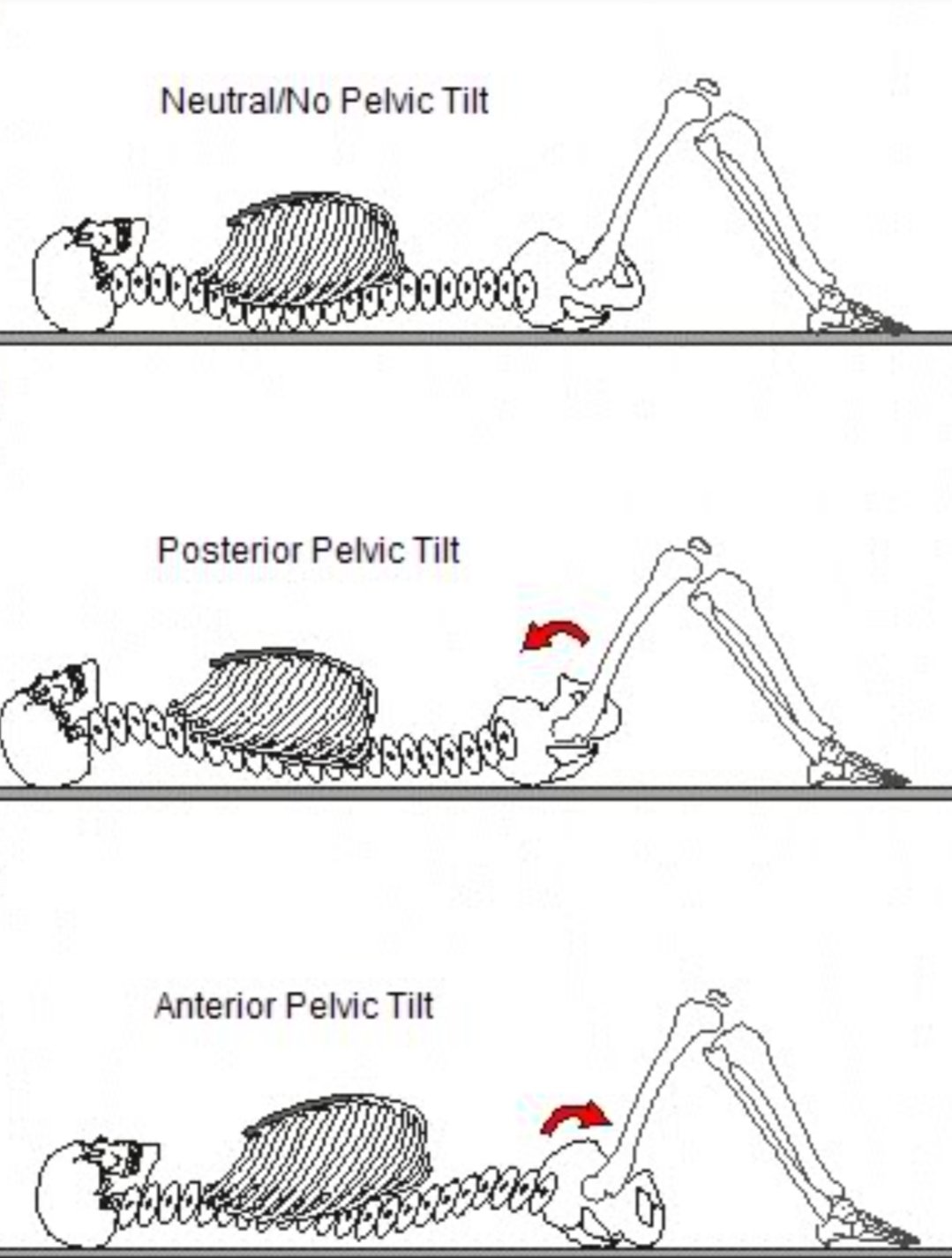Conscious Riding
Riding instruction is evolving. Update your understanding and skills if you learned “the traditional way” years ago. If you’re new, start with a more learner-friendly method known as Ride With Your Mind, pioneered by world-renowned rider biomechanics expert, Mary Wanless.
My Conscious Riding Lessons:
rider-biomechanics focused
60 minutes
Private lessons only - no more than one student at a time
$150 for the hour
Travel fee added if I’m meeting you at your barn
Photos and/or videos may be sent to you post-lesson
No packages/discounts available
AT THIS TIME, NO SPOTS AVAILABLE FOR NEW STUDENTS. WAIT LIST IS FULL! THANK YOU FOR YOUR PATIENCE.
Example rider biomechanics lesson:
I ask the student what they want to get out of the lesson today. If it's a first lesson, I get a "before" photo (and/or video) of the student at halt and walk, possibly in trot and canter if the student can do so safely. If it's not a first lesson, I'll ask what the student remembers most from the last lesson with me, and/or their last ride.
I'll watch the student warm up and start asking questions, such as:
What are you paying attention to the most right now? How helpful is that? Depending on the answer, a bit later I may use an audible marker to help you identify exactly when you're doing the right thing at the right time, so you can do it more often.
What's the shape of the horse's back under you? If you can't tell, I'll demonstrate and give several images to help you understand. I may also do a belly lift if the horse permits it, so you can literally feel what it is supposed to feel like - without having to do anything.
Point to how far down your breath goes when you breathe in. Do you hold your breath in transitions? How are you at blowing up balloons? I will give you balloon homework.
If your pelvis was a bowl full of liquid, would the liquid be spilling out of the bowl? If you can't tell, I'll demonstrate, give images, and put my hands on you to help you feel the difference between spilling and not, all while you look in the mirror.
Does the horse tend to speed off at the worst possible moment? Fall on the forehand in down transitions? Does the horse frequently fall in, fall out, or seem crooked in one direction? If you know these things are happening, but you don't know what to do about it, I will explain the sequence of events that cause each situation to happen, starting with you / your balance. Using demonstration, hands-on sculpting, video replay, photo evidence, imagery and awareness games I'll help you feel when it's wrong, and know what to do to make it right.
The crucial factors in all the lessons I teach boil down to two things: noticing when something isn't right, and figuring out how to change it. Nine times out of ten, the rider can make a change in their own body which triggers a change for the better in the horse. Every time the rider does the new, different, possibly weird or difficult thing I've recommended, they are improving. Riders that aren't willing to make changes in themselves will get stuck on a plateau, but it's my job to help the rider know what changes to make, and how to make them.
This is what rider biomechanics is all about. Geometry and physics are integral to staying on top of a horse. I'll talk about tangents, degrees, and laws of motion. I'll draw them on the white board or use straps, rubber bands, my plastic model pelvis, balloons, and imaginary boards, strings, buttons, and more to make my point. I'm not doing my job if you walk away confused about any aspect of the lesson.
At the end of the lesson: I recap the salient points we covered, and ask you what you think will be the most difficult and/or important changes to maintain. I'll ask you to put it into your own words, succinctly, so that you can remember it the next time you ride, and hopefully the next time I see you!
The rider’s role is to be a framework around the horse, not a load on top of the horse. - Lars Sederholm, International Olympic trainer
Exploring Equines
Our understanding of horses and their training is evolving. Update your methods and skills if you learned “the traditional way” years ago. If you’re new, start with a more learner-friendly training method known as Positive Reinforcement, or Clicker Training, and learn about horses as we know them today. Exploring Equines is a service that was born out of many students asking questions that were less riding-related and more horse-related.
This service brings riding and learning about horses together. Some of the time you'll be riding, and the rest of the time will be spent exploring the many facets of horses that we don't have time for in purely riding-skill-based lessons. Such as...
Herd social structure
Biology, anatomy, physiology
Health care including first aid
Behavior, body language, communication
Hands-on training using positive reinforcement
Building the correct riding muscles
Riding with "training wheels on" which means the rider learns to ride from their seat, while the horse and I guide you to feel what it’s supposed to feel like without learning the bad habits that can come from riding independently too soon in your learning journey.
And more!
My Exploring Equines Lessons:
Horse handling/training skill focused
There may be some riding if both horse and student choose to participate
60 minutes
Private lessons only - no more than one student at a time
$100 for the hour
Travel fee added if I’m meeting you at your barn
Photos and/or videos may be sent to you post-lesson
No packages/discounts available
AT THIS TIME, NO SPOTS AVAILABLE FOR NEW STUDENTS. WAIT LIST IS FULL! THANK YOU FOR YOUR PATIENCE.
Example Exploring Equines lesson:
I introduce the student to the herd and get a sense for how much the student knows. If it's nothing, we start at the beginning.
Some questions I may ask the student:
Do you have any goals? Specifically, are there any things you do or do not want to do?
Can you tell me what these horses are communicating by watching their body language?
Do you want to learn how to catch a horse in the field / lunge / free lunge / train a horse to do something / etc?
How often do you feel as though the horse you work with ignores you, or is uncooperative?
Would you like to ride a horse someday, but you don’t feel ready, or safe enough?
Have you ever wondered why horses do what they do, and gotten answers that don’t feel satisfactory?
When you ride, do you feel like your horse just doesn’t understand sometimes?
I can teach students how to become more skillful, kind and confident horse stewards in all aspects of the term.
Bridge club:
Bridge Club is a group I started in 2018, in a quest to band together with other people in the area who also wanted to learn more about clicker training horses. We normally meet once a month except during the busy winter holiday season. It’s currently on hiatus due to the shelter in place restrictions during the Covid-19 pandemic. If I can get organized enough I’ll schedule a video conference to keep the group feeling connected even though we can’t meet in person.
The group is open to anyone interested in meeting in person to discuss and learn more about clicker training horses. Many of our first meetings focused on doing live clicker sessions with the horses living at the farm we were meeting at. We also met where there were no horses and discussed our various highlights and challenges. We have watched videos, played PORTL (the clicker table game), and briefly tried doing an online challenge for horse clicker trainers. The goal is just to have fun learning and support each other in our positive reinforcement journey.
Why “Bridge Club”? Because another term for “click” is “bridge” - also commonly used is “mark”. These terms all refer to the moment we want to pop out to the learner that they did the exact correct thing. Without a bridge signal, the learner is much less clear about what exactly they are being rewarded for.
Membership is free - come and go as you please. If you’re totally new to the concept, we may recommend some reading or videos to get you up to speed.

